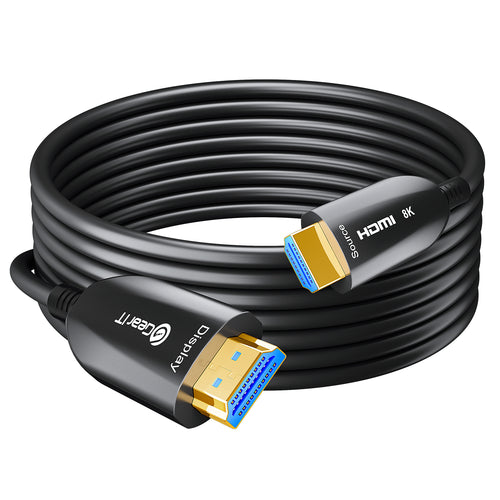
In the ever-evolving world of home entertainment, the acronyms and technical jargon can often feel overwhelming. Two terms that have been creating quite a buzz in the home theater community are ARC and eARC. But what exactly do they mean, and how do they impact your viewing and listening experience? Let’s dive into the details and unravel the differences between ARC and eARC, so you can make an informed decision for your home theater setup.
What is ARC?
ARC stands for Audio Return Channel, a feature introduced with HDMI 1.4. Before ARC, if you wanted to send audio from your TV to an external audio system, like a soundbar or AV receiver, you needed a separate optical or coaxial audio cable. ARC simplifies this by allowing audio to travel both ways along a single HDMI cable. This means that the same HDMI cable that brings video to your TV can also send audio back to your sound system.
Key Benefits of ARC:
1. Simplicity: One cable for both audio and video reduces clutter.
2. Compatibility: Most modern TVs and sound systems support ARC.
3. Control: HDMI-CEC (Consumer Electronics Control) allows you to control multiple devices with one remote.
However, ARC has its limitations. It supports compressed audio formats like Dolby Digital and DTS, but it can't handle high-quality audio formats like Dolby TrueHD or DTS-HD Master Audio. For many, this might not be a dealbreaker, but for audiophiles and home theater enthusiasts, there’s a desire for something more.
Introducing eARC
Enter eARC, or Enhanced Audio Return Channel, a feature of HDMI 2.1. eARC builds on the foundation of ARC but with significant improvements, making it a game-changer for those seeking the best audio experience.
Advantages of eARC:
1. Higher Bandwidth: eARC has a much higher bandwidth compared to ARC, which means it can support uncompressed high-resolution audio formats like Dolby TrueHD, DTS-HD Master Audio, and even object-based formats like Dolby Atmos and DTS:X.
2. Better Lip-Sync: eARC offers improved lip-sync correction, ensuring that the audio and video are perfectly synchronized.
3. Backward Compatibility: eARC is designed to work with older HDMI devices, though to fully utilize eARC, both the TV and the audio device need to support HDMI 2.1.
Making the Choice
So, how do you decide between ARC and eARC? Here are a few considerations:
1. Current Equipment: Check if your current TV and audio system support ARC or eARC. If you’re planning to upgrade, investing in eARC-compatible devices could future-proof your setup.
2. Audio Needs: If you’re content with standard surround sound, ARC might suffice. However, if you crave high-resolution audio and the immersive experience of Dolby Atmos, eARC is the way to go.
3. Budget: eARC-capable devices can be more expensive, so weigh the cost against the benefits.
Final Thoughts
The choice between ARC and eARC boils down to your specific needs and aspirations for your home theater. While ARC offers simplicity and broad compatibility, eARC paves the way for an immersive and high-fidelity audio experience. As technology continues to evolve, eARC sets the stage for future advancements in home entertainment, making it a worthy consideration for any serious audio enthusiast.




























































